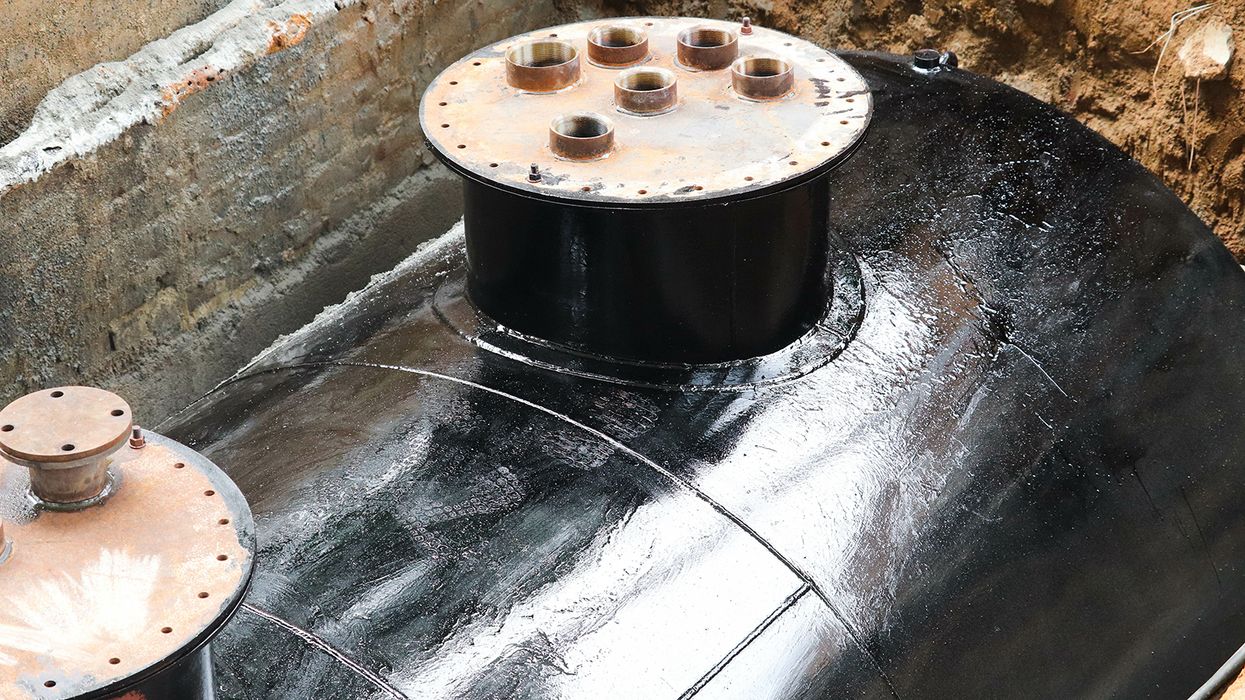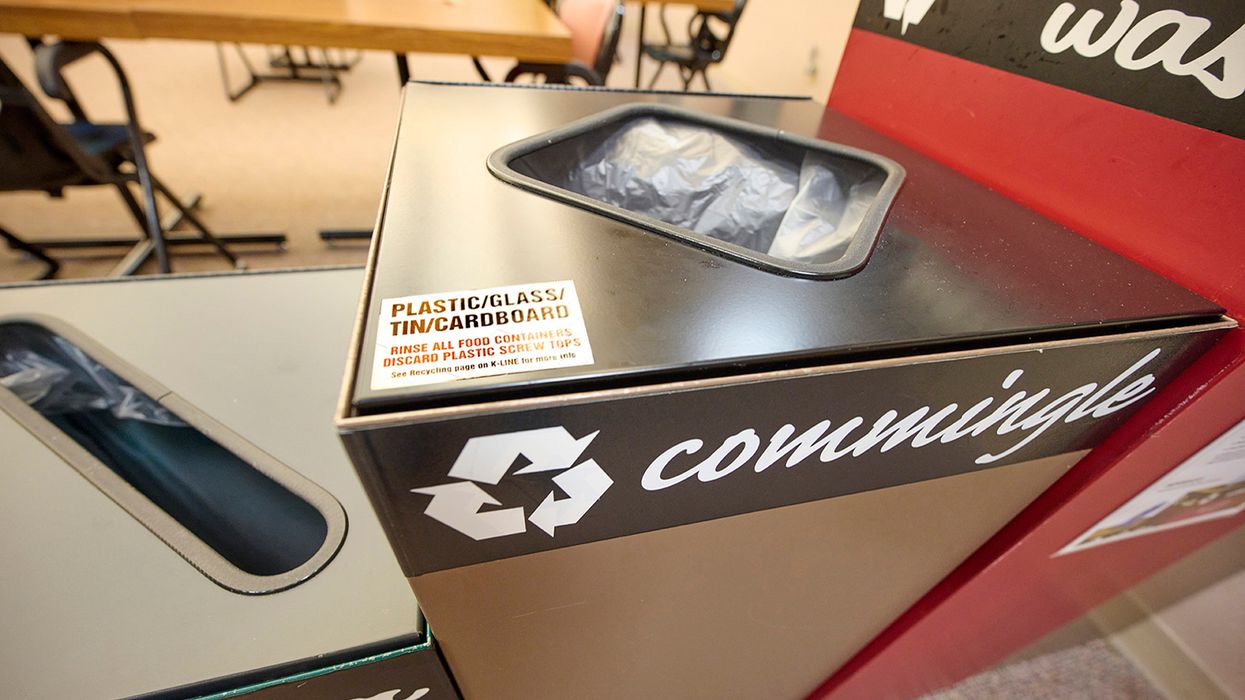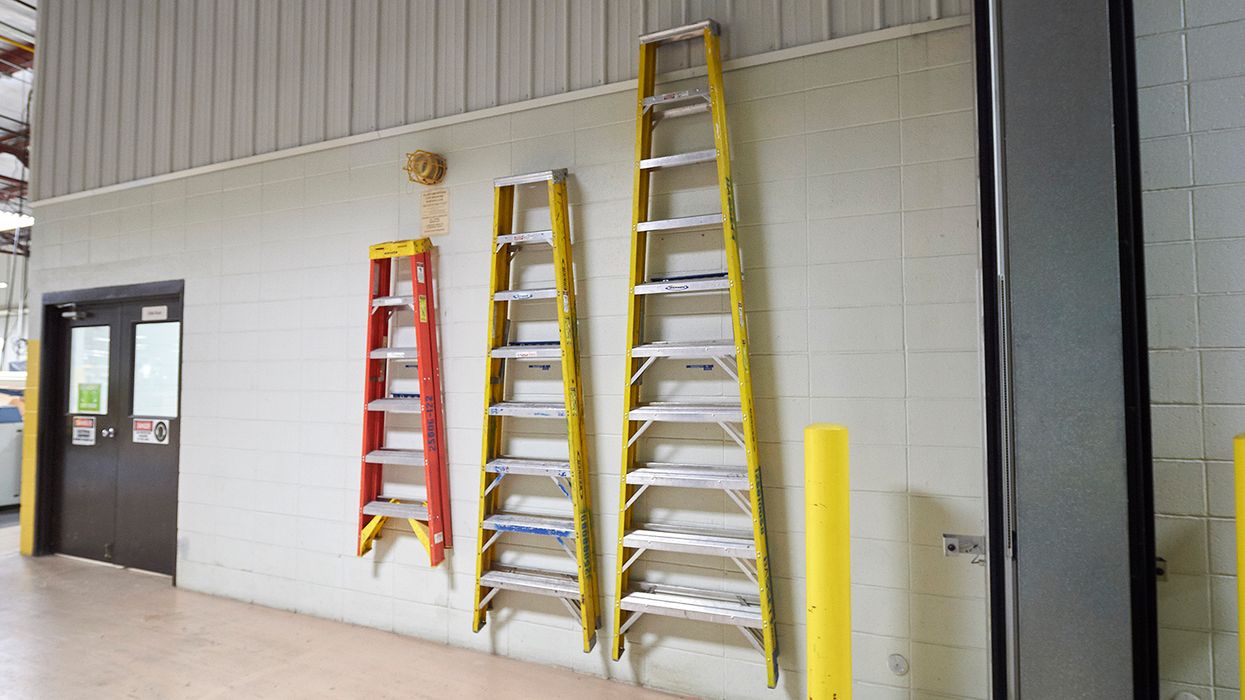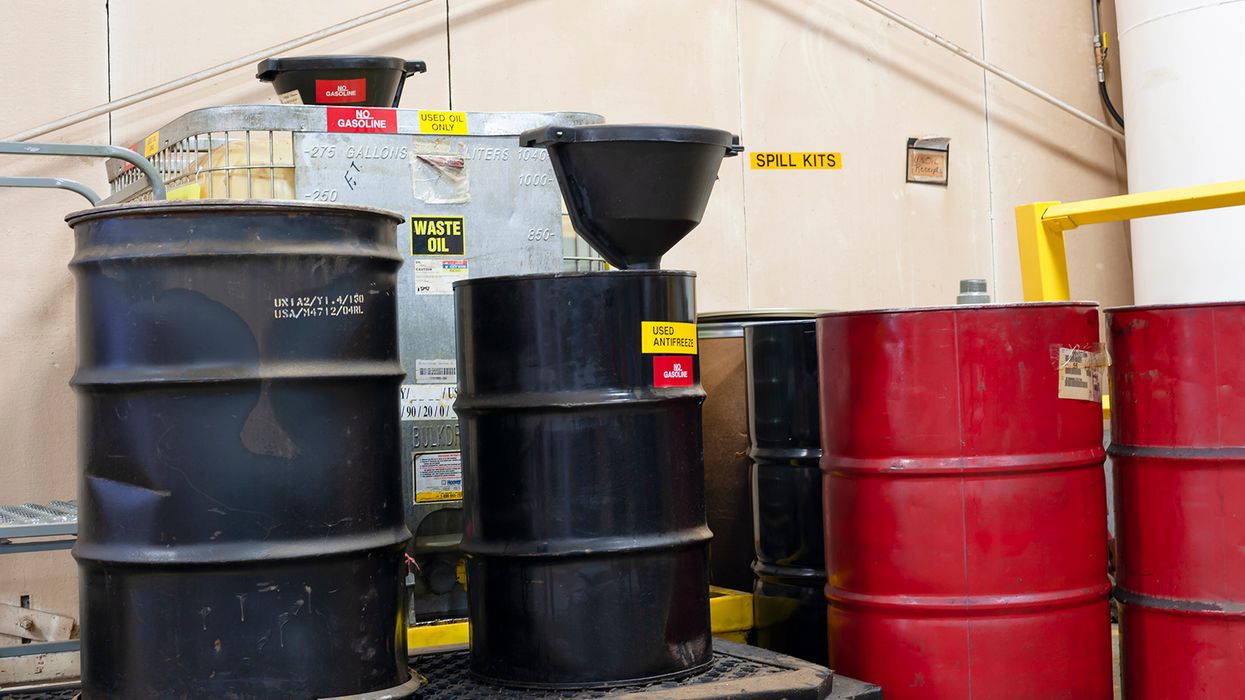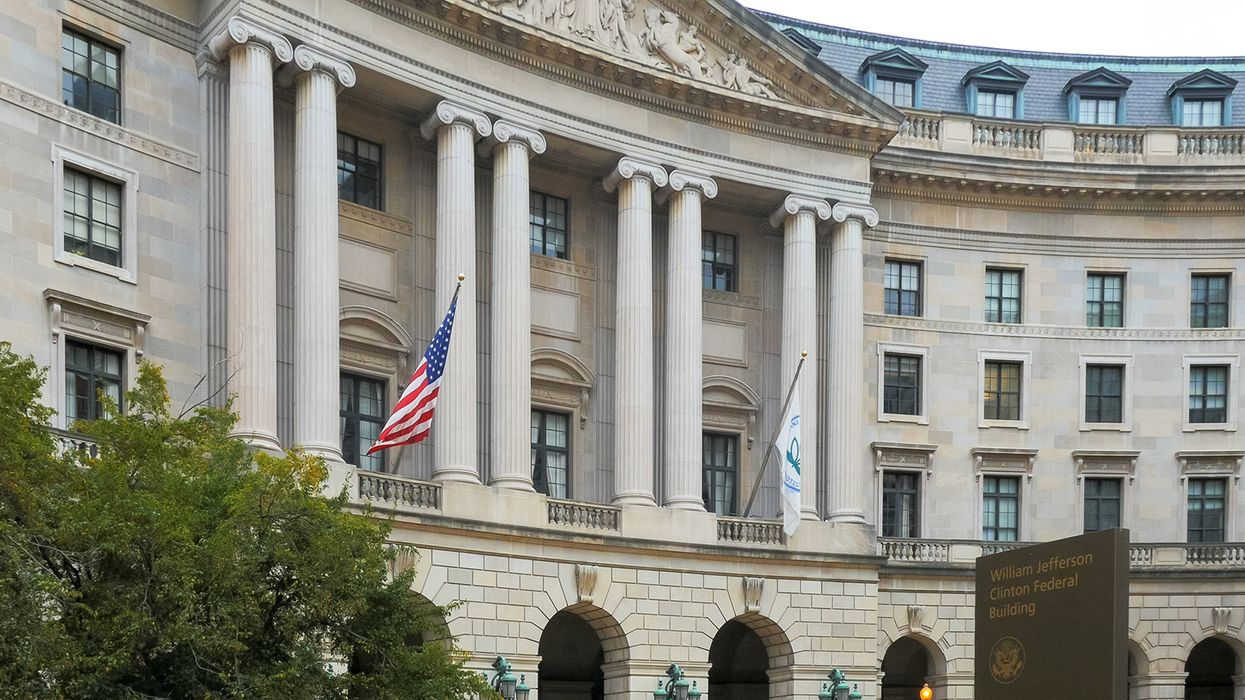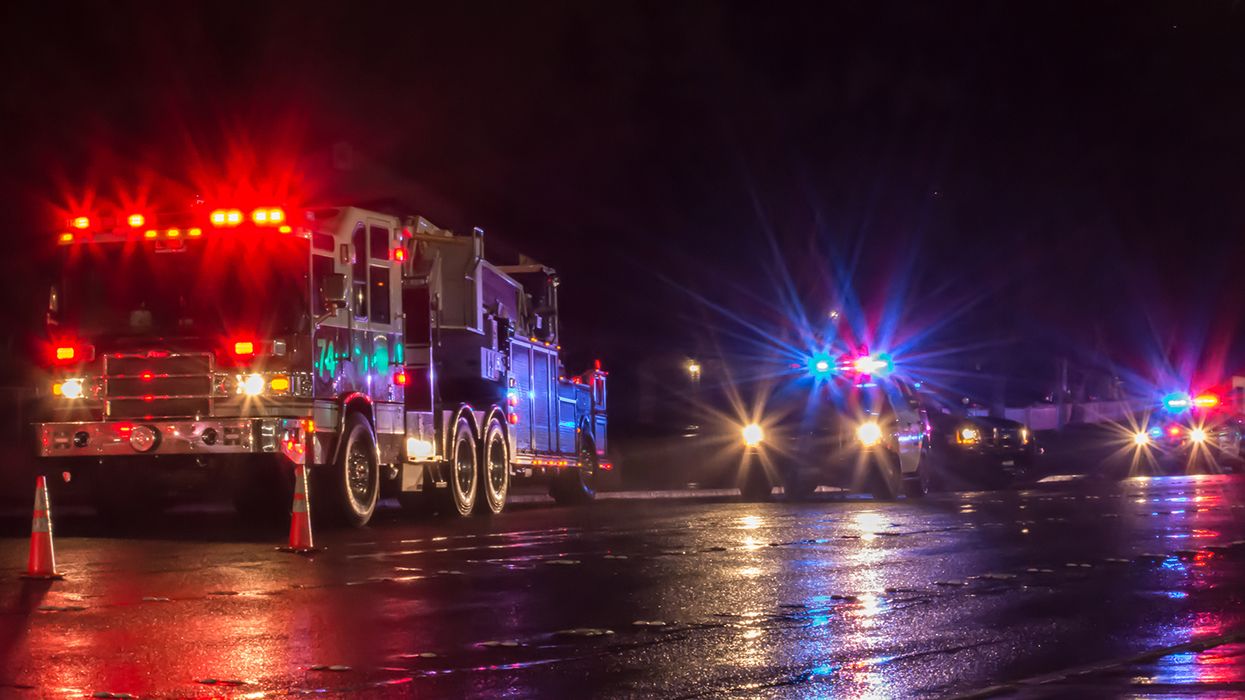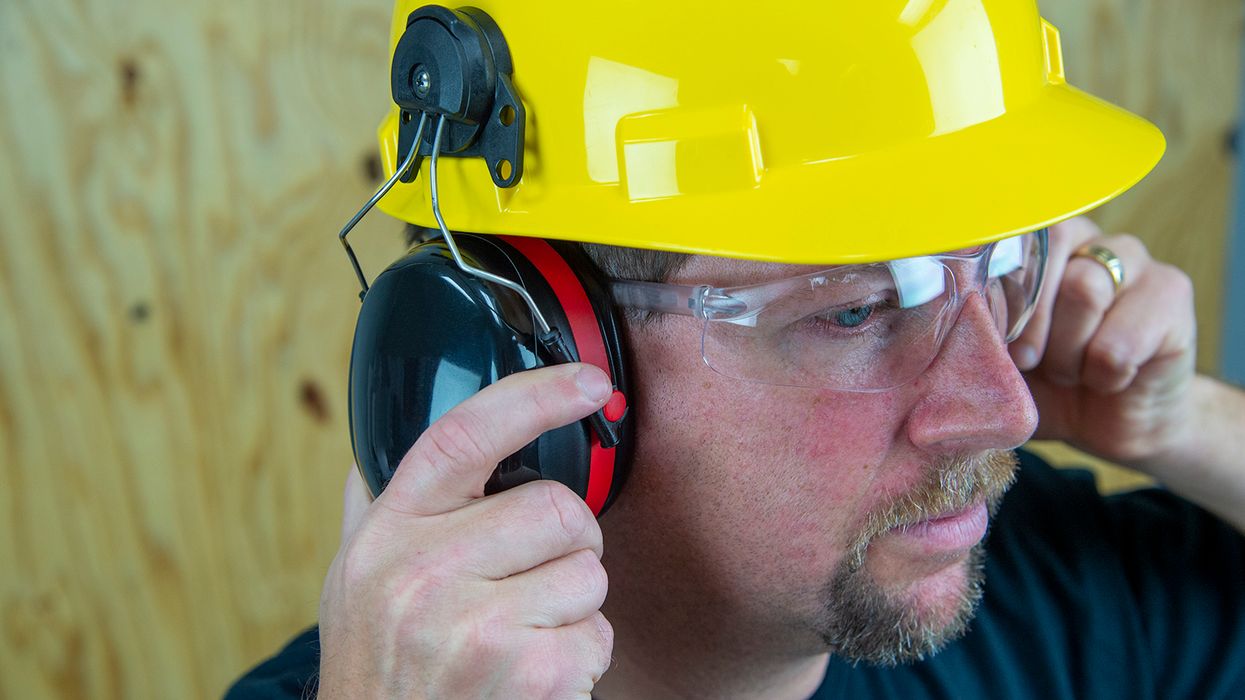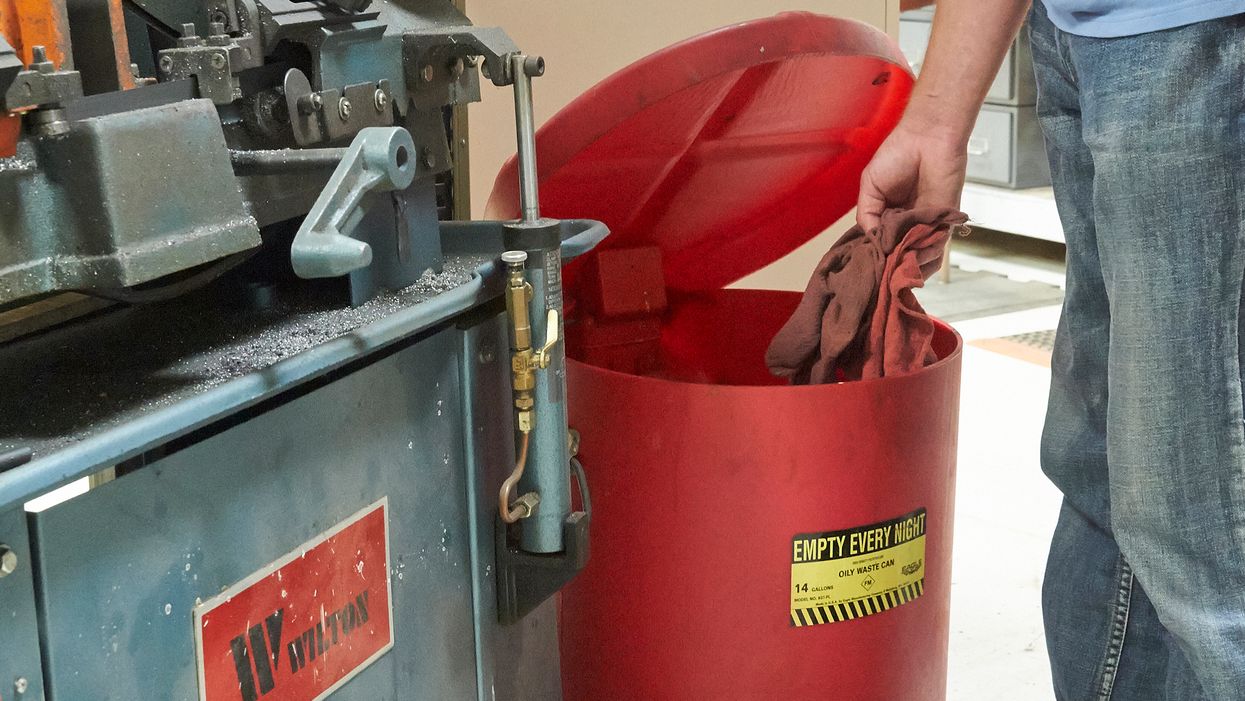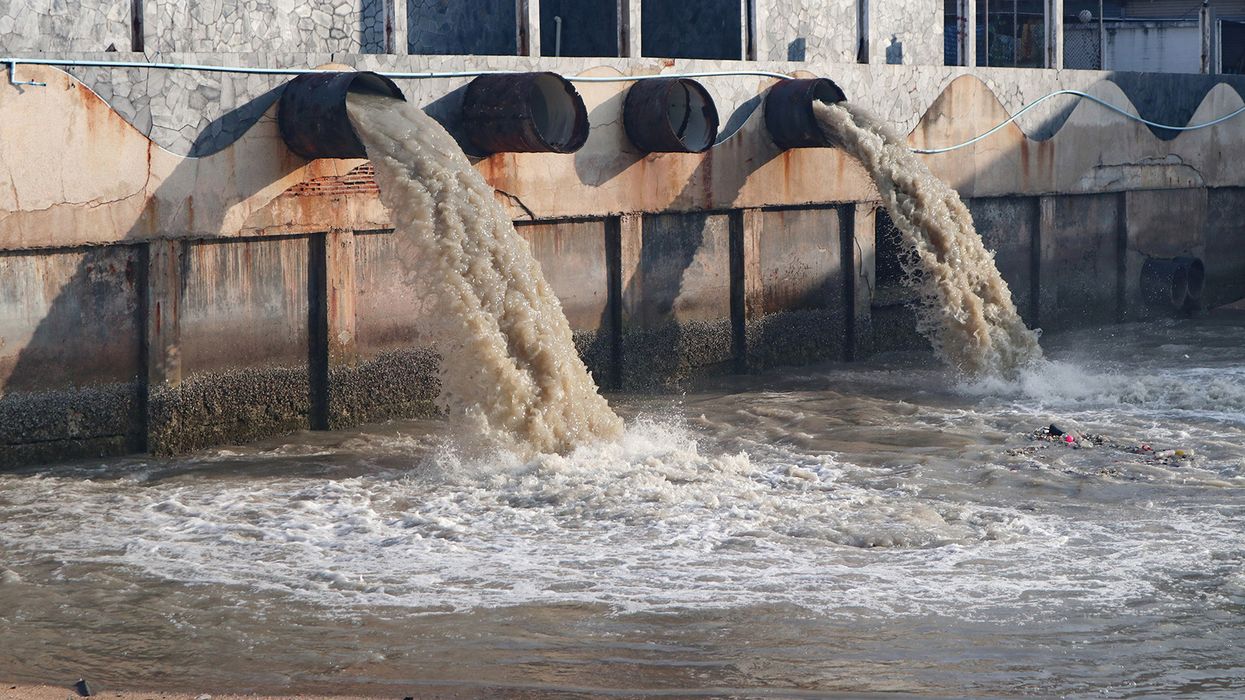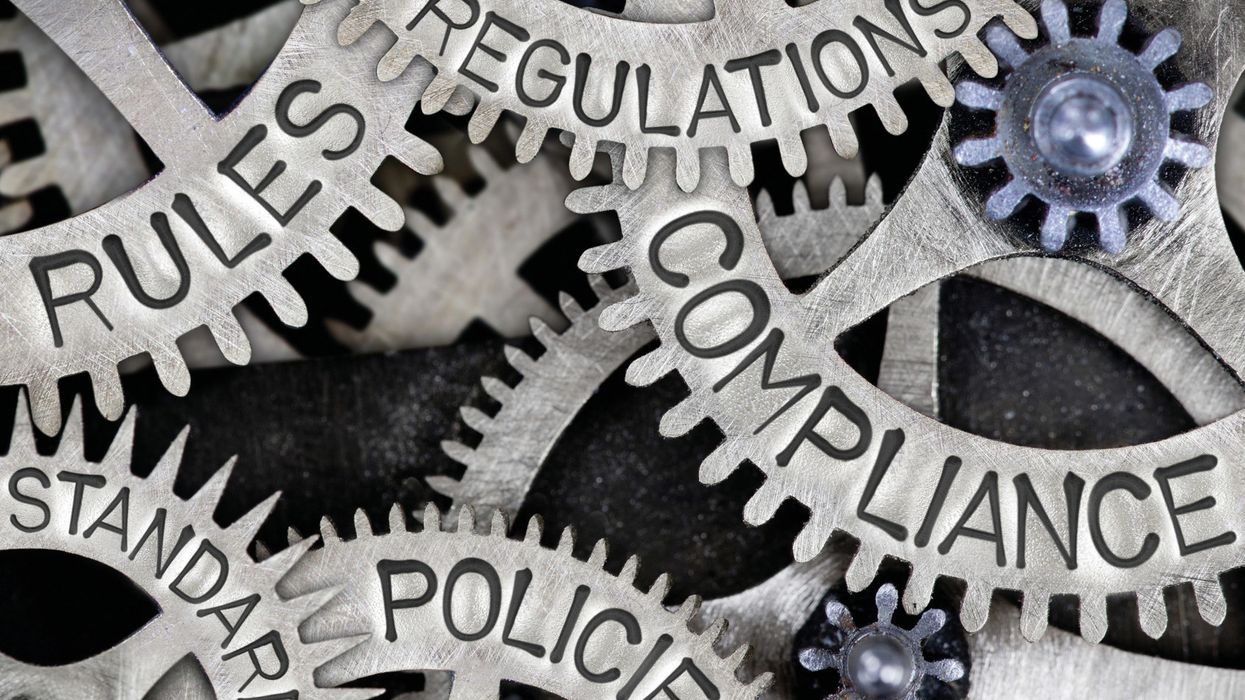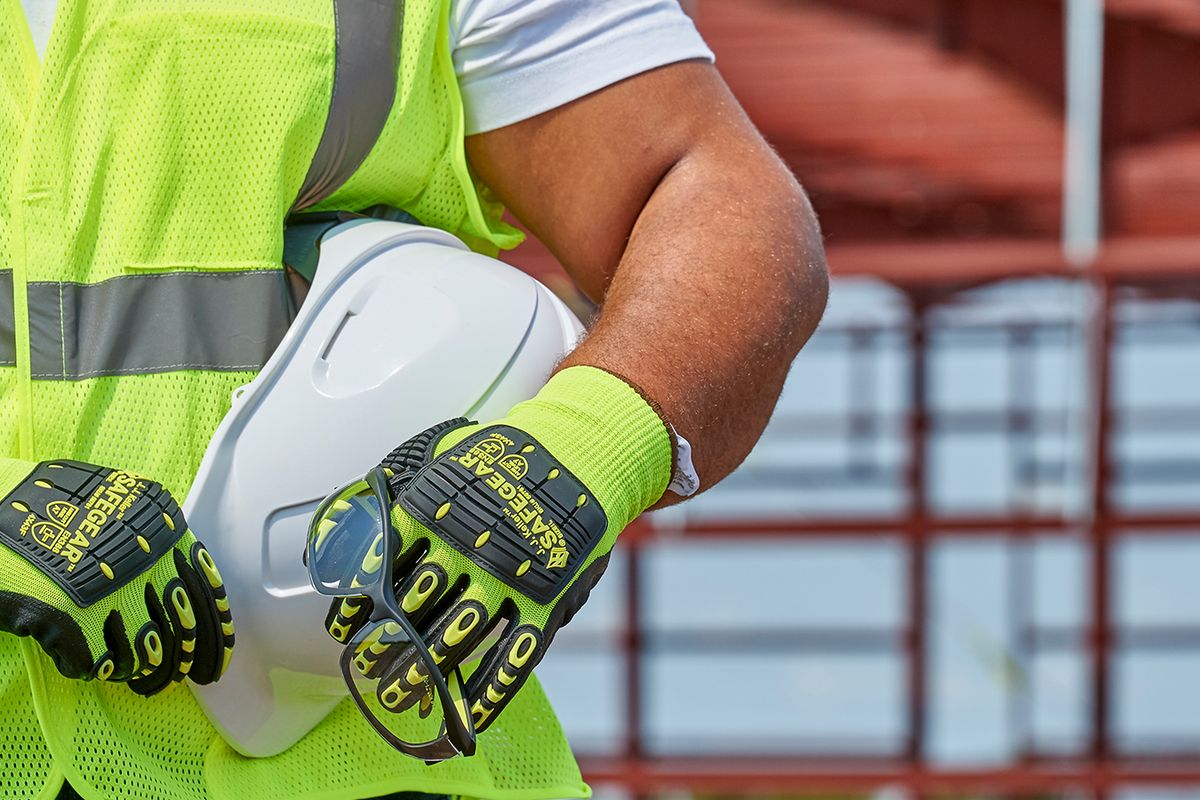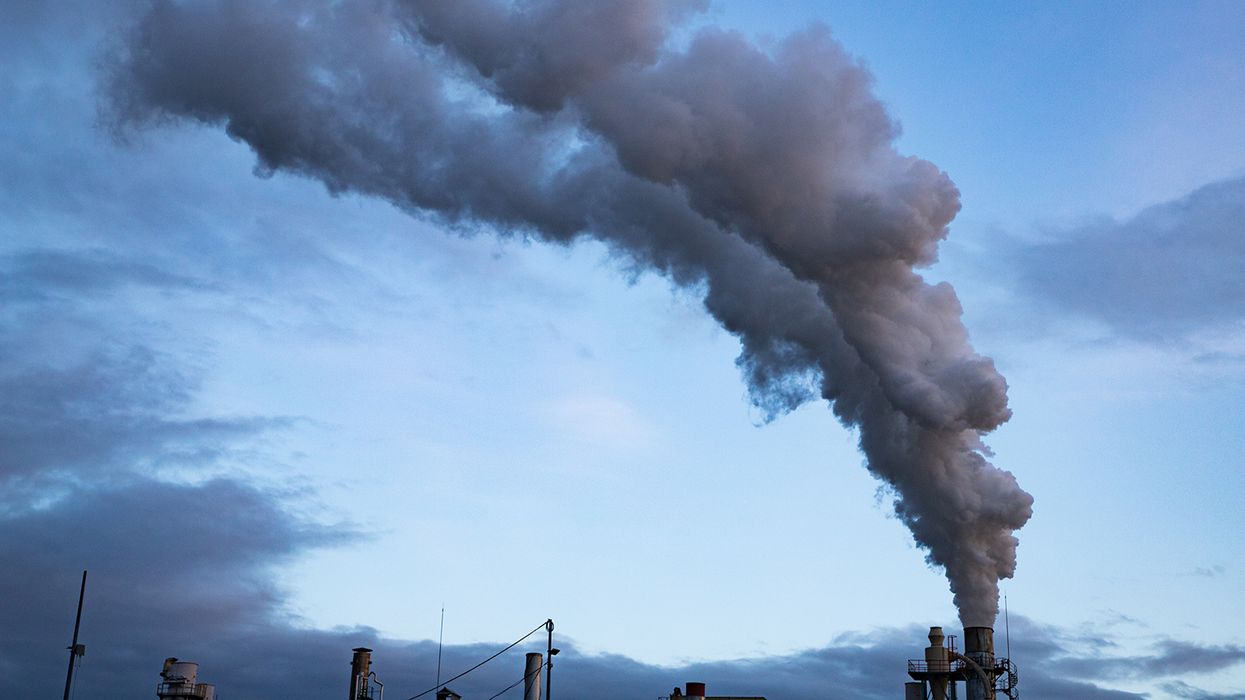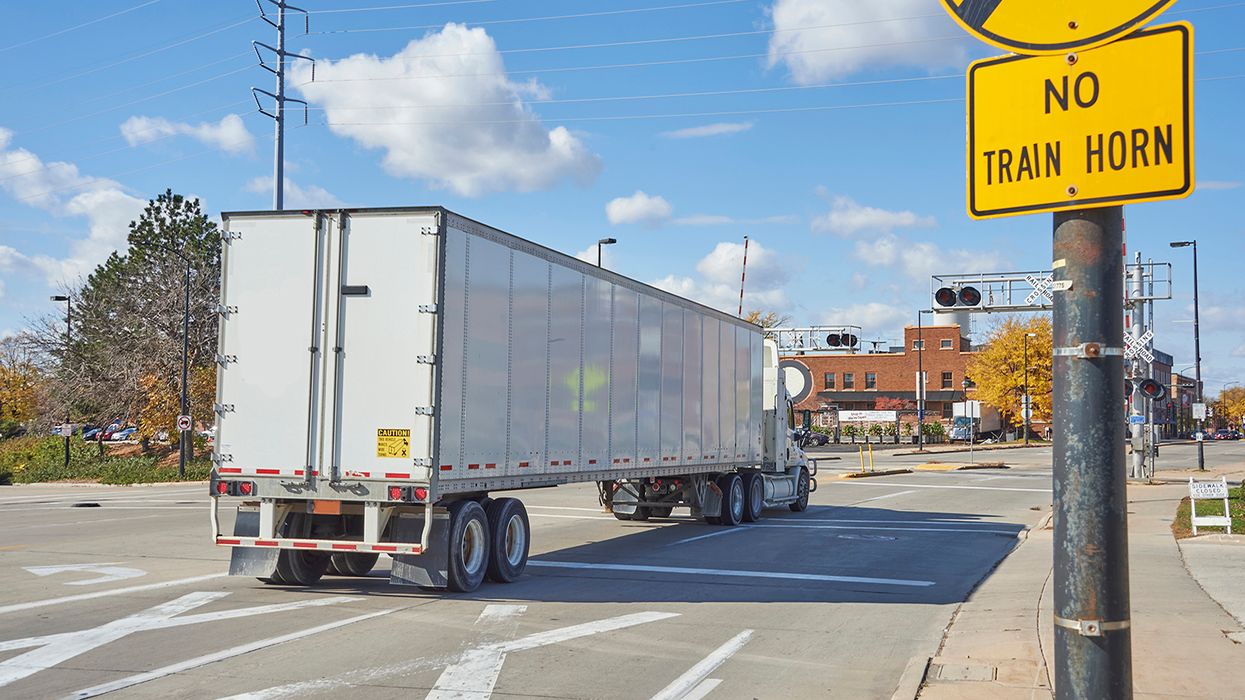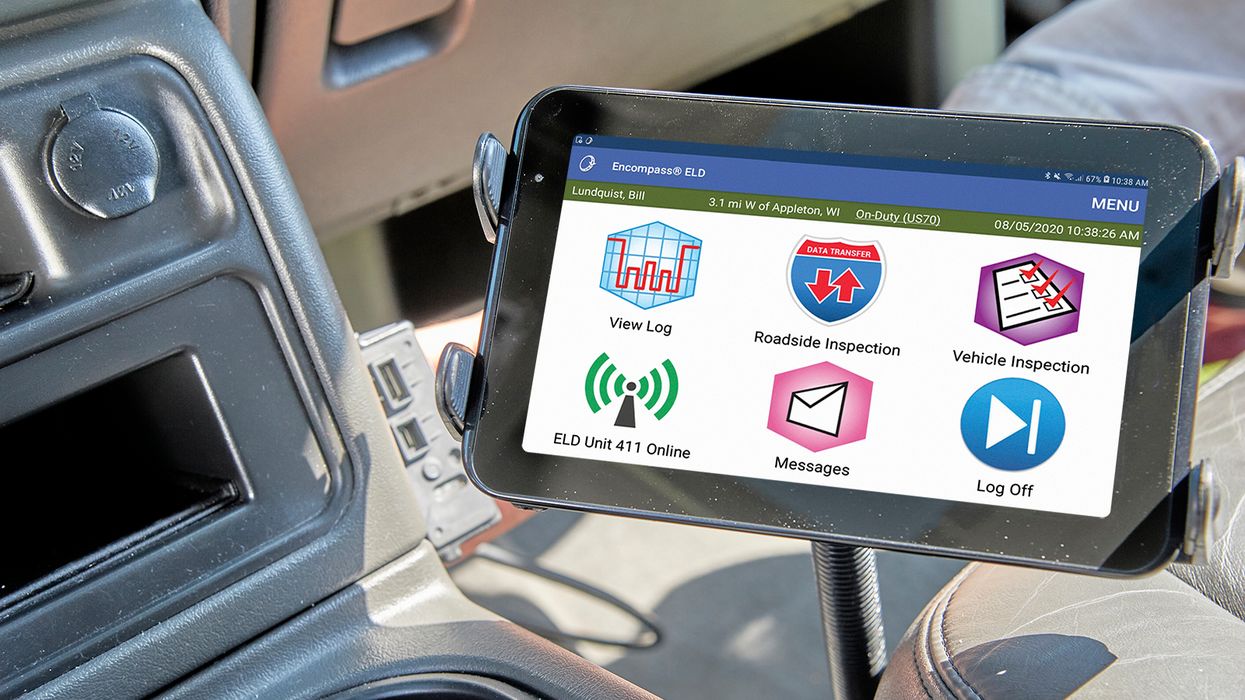Creating a sense of community helps improve driver recruiting, retention
Everyone wants to feel like they belong. Whether it’s being part of a club, team, committee, etc., that sense of connection is the lifeblood of society.
With more than 3 million truck drivers on the roads all over the U.S., creating and maintaining a sense of community is more important than ever when it comes to recruiting and retaining drivers.
Truck driver appreciation everyday
Last week the country celebrated National Truck Driver Appreciation Week. This celebration began in the 1990s when a driver recruiter, Bill Webb, realized the importance of setting aside time to show appreciation for drivers who spend countless hours alone hauling freight across the country.
While a week’s worth of appreciation is nice, carriers facing a reported shortage upwards of 80,000 drivers need to demonstrate driver appreciate every day.
Creating a sense of community
Building a sense of community — especially for new drivers — is a crucial step for carriers to connect these drivers to the company, each other, and to the customers whose products they’re delivering.
A culture of support and teamwork may help retain drivers who face loneliness or frustrations being away from family and friends.
Check-ins from fleet managers to see how they’re doing can give them the encouragement they need and remind them of the resources they have available when they come across obstacles.
Drivers, like most of the workforce today, want a work-life balance. And while the logistics of providing that might be a challenge, carriers that get creative with how to provide that for their drivers will likely be the ones to keep them longer.
Whether it’s providing information and resources about retirement, or enhancing health and wellness benefits, there are many ways for carriers to reach out and help drivers feel more connected to the company. Even something as simple as giving drivers tips on how to eat healthy on the road can help them be healthier for their families.
Where to begin
Since trucking leans heavily on cut-and-dried regulations, dabbling in gray areas that involve thoughts, feelings, health, and wellness can be scary. The best way to begin might be to access the current situation and look at what’s working and what’s not. Carriers might also want to survey their drivers to get their input on what they want and/or need.
From there, start small. Pick one or two areas to improve upon and continue to evaluate along the way. The good news is, there are many different possibilities on how to build and strengthen the sense of community. It’s an open road.
Key to remember: Creating a sense of community can help attract and retain drivers for the long haul.





















